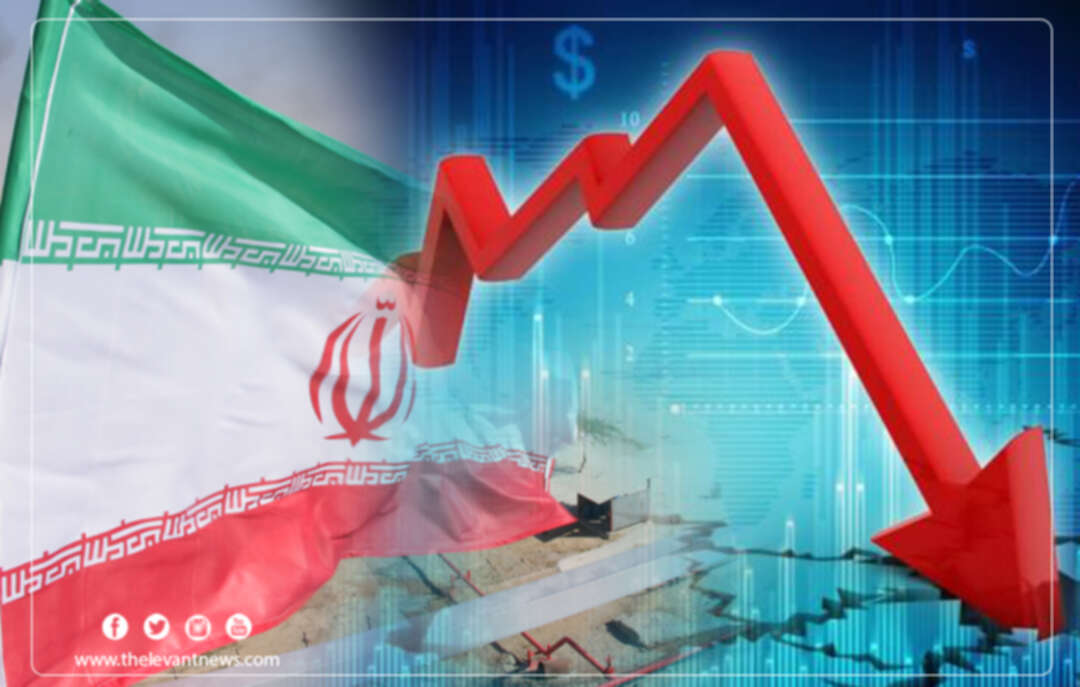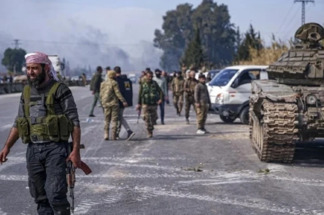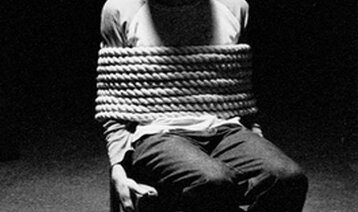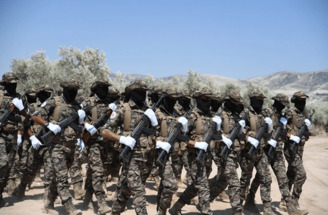-
Economic bankruptcy and extreme poverty of Iranians, achievements of the religious dictatorship of the Mullahs.

In the 42 years that have followed, Iran's population has grown to more than 85 million. At that time, in 1979, due to incompetence and corruption of the monarchy, there were no reliable statistics on poverty in Iran, but according to a research article by Javad Salehi Esfahani, an Iranian economist at Virginia Tech University, titled "Revolution and Wealth Distribution in Iran" which had been published on the World Bank website: In 1977, two years before the revolution, 48% of Iranians were living in poor rural areas, and 28% of the city dwellers also lived below the poverty line. In other words, about one-third of Iranians lived below the poverty line.
Forty-some years after the revolution, according to Shahab Naderi, a member of the Economic Commission of the Iranian Parliament, 80% of Iran's population lives below the poverty line.
In 1979, the Iranian per capita GDP was $10,000, while in 2019, the per capita GDP was less than $7,000.
But on Nov. 2, 2019, at the inauguration of a development project to mark the 40th anniversary of the revolution, Mohammad Ali Jafari, ex-commander of the Revolutionary Guard Corps, declared this: "Before the revolution, 46% of the population lived below the poverty line." He adds: "in 2016, only about 10% of the people live below the poverty line." He then concludes that "such a huge drop is the direct result of the Islamic revolution and a pride for the country."
What it shows is that the regime in Tehran is a master at demagoguery and deception.
The statistics offered by Jafari could not be found on any reputable website. They were absolutely baseless lies.
According to research, in the first decade of 2000, many Iranian heads of families, despite having jobs, could not provide the minimum living needs for their families, and the problem of child malnutrition, associated with adult poverty, was one of the immediate effects of such a substandard lifestyle in Iran.
According to the ILNA news agency in a report dated Oct. 20, 2021, more than 95% of the Iranian labor community currently do not have job security and experience a life full of pressure and stress. The Iranian workers are at the bottom of the pyramid regarding their inadequate income and high cost of living.
According to Tasnim News Agency in a report dated Dec. 30, 2020: "...their food basket (expenses have) increased by about 200% in the period of 9 months before this date. Their housing costs have increased five times in a period of 2 years. With these conditions, the 14,494,000 officially insured workers, who number more than 49 million with their families and make up about 58 percent of the population, are just trying to survive, not live."
The severity of poverty in Iran has reached such a level that there are many people with disabilities who have been forced to sell their wheelchairs to survive!
Another sign of poverty is the presence of too many beggars in cities, who have become an "increasing problem" for society due to their large numbers.
Another product of such a broken economy is the presence of working children in every city throughout Iran. The exact number of working children is not known, but it is estimated to be 3 million, who instead of going to school and studying are wandering in the streets of big cities, engaged in peddling or looking through garbage bins, collecting recyclable items so that they can provide food for their families.
According to Mohammad Reza Mahboobfar, a member of the Land Management Association of Iran, in 2017, about 40% of the urban population of Iran were living on the outskirts in substandard situations. After three years in 2020, along with inflation, skyrocketing prices in the housing sector, rent hikes, etc., the population living in the shantytowns has reached 45%.
If we calculate this 45% of 85 million people in Iran, it means more than 38 million Iranians have been forced to move and live in slums on the outskirts of cities and lack the necessary living facilities such as running water and electricity, sewage system, school, hospital and park and playground for children, etc.
However, with these circumstances, the Iranian regime has not stopped its nuclear and missile programs and the expansionist policies of meddling in other countries! According to Falahatpisheh, a member of parliament's National Security and Foreign Policy Committee, in the last decade, Iran has spent more than $30 billion just to support the Syrian dictator Bashar al-Assad. To this figure, we should add the payout to its proxy groups such as Hezbollah in Lebanon, the Houthis in Yemen, Hamas in Palestine, and various groups in Iraq, which amount to millions of dollars each month.
On the other hand, due to the institutionalized corruption in Iran's governmental organizations and IRGC, and astronomical thefts and embezzlement have earned Iran number 1 rank in the number of millionaires in the Middle East. The children of these people, who are all affiliated with the regime officials, live in aristocracy in Iran, Canada, the United States, and European countries.
With such class divide and widespread poverty and discontent pervading more than 90% of society, it can be expected that Iran will soon witness a scene of unrest and uprisings comparable to those that we saw in November 2019. The difference is that this time Khamenei will not be able to suppress them easily, because the people have nothing to lose and they are determined to change the regime in Iran.
by: Cyrus Yaqubi
Cyrus Yaqubi is a Research Analyst and Iranian Foreign Affairs Commentator investigating the social issues and economy of the Middle East countries in general and Iran in particular.
You May Also Like
Popular Posts
Caricature
BENEFIT Sponsors BuildHer...
- April 23, 2025
BENEFIT, the Kingdom’s innovator and leading company in Fintech and electronic financial transactions service, has sponsored the BuildHer CityHack 2025 Hackathon, a two-day event spearheaded by the College of Engineering and Technology at the Royal University for Women (RUW).
Aimed at secondary school students, the event brought together a distinguished group of academic professionals and technology experts to mentor and inspire young participants.
More than 100 high school students from across the Kingdom of Bahrain took part in the hackathon, which featured an intensive programme of training workshops and hands-on sessions. These activities were tailored to enhance participants’ critical thinking, collaborative problem-solving, and team-building capabilities, while also encouraging the development of practical and sustainable solutions to contemporary challenges using modern technological tools.
BENEFIT’s Chief Executive Mr. Abdulwahed AlJanahi, commented: “Our support for this educational hackathon reflects our long-term strategic vision to nurture the talents of emerging national youth and empower the next generation of accomplished female leaders in technology. By fostering creativity and innovation, we aim to contribute meaningfully to Bahrain’s comprehensive development goals and align with the aspirations outlined in the Kingdom’s Vision 2030—an ambition in which BENEFIT plays a central role.”
Professor Riyadh Yousif Hamzah, President of the Royal University for Women, commented: “This initiative reflects our commitment to advancing women in STEM fields. We're cultivating a generation of creative, solution-driven female leaders who will drive national development. Our partnership with BENEFIT exemplifies the powerful synergy between academia and private sector in supporting educational innovation.”
Hanan Abdulla Hasan, Senior Manager, PR & Communication at BENEFIT, said: “We are honoured to collaborate with RUW in supporting this remarkable technology-focused event. It highlights our commitment to social responsibility, and our ongoing efforts to enhance the digital and innovation capabilities of young Bahraini women and foster their ability to harness technological tools in the service of a smarter, more sustainable future.”
For his part, Dr. Humam ElAgha, Acting Dean of the College of Engineering and Technology at the University, said: “BuildHer CityHack 2025 embodies our hands-on approach to education. By tackling real-world problems through creative thinking and sustainable solutions, we're preparing women to thrive in the knowledge economy – a cornerstone of the University's vision.”
opinion
Report
ads
Newsletter
Subscribe to our mailing list to get the new updates!






















